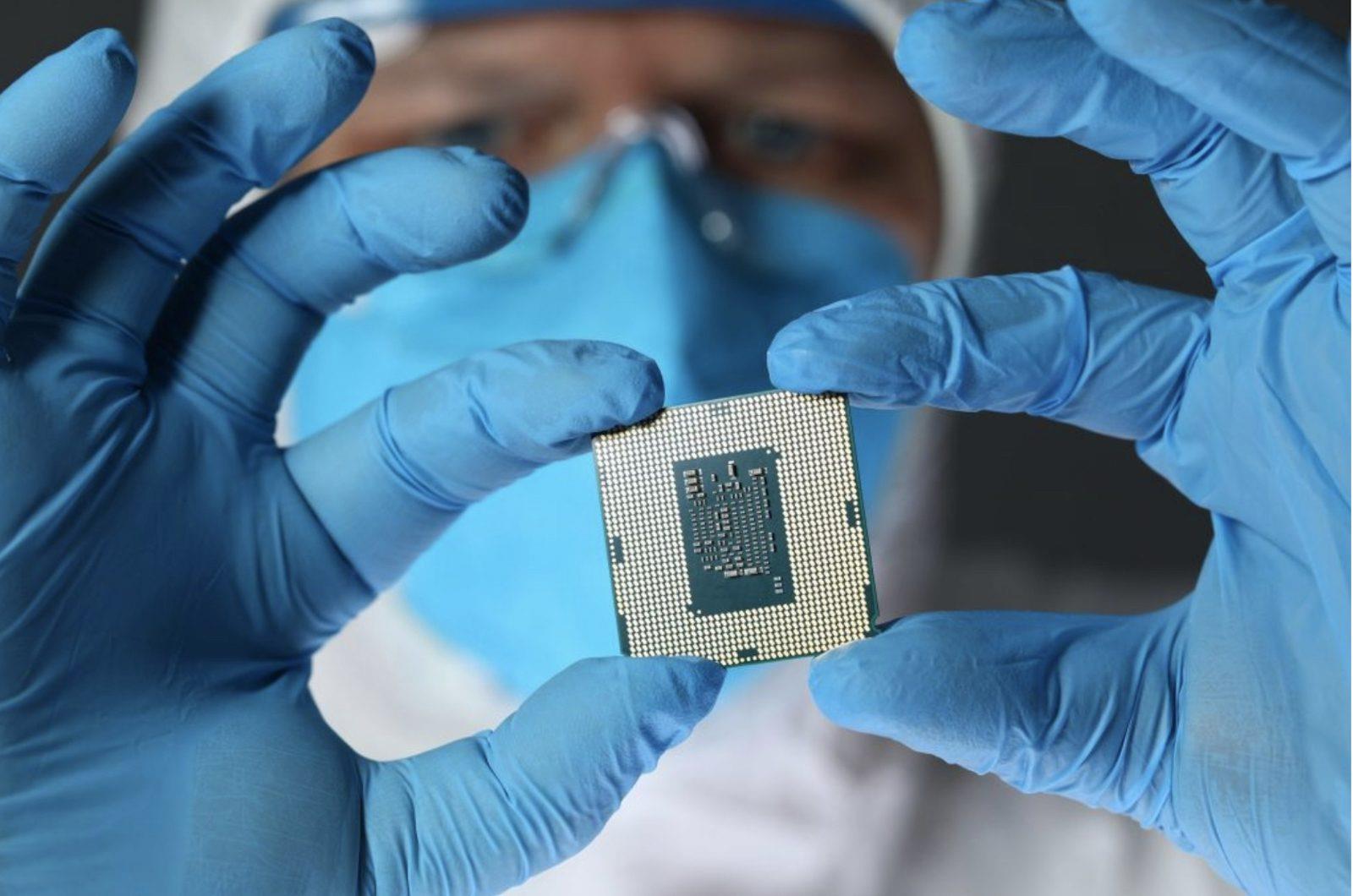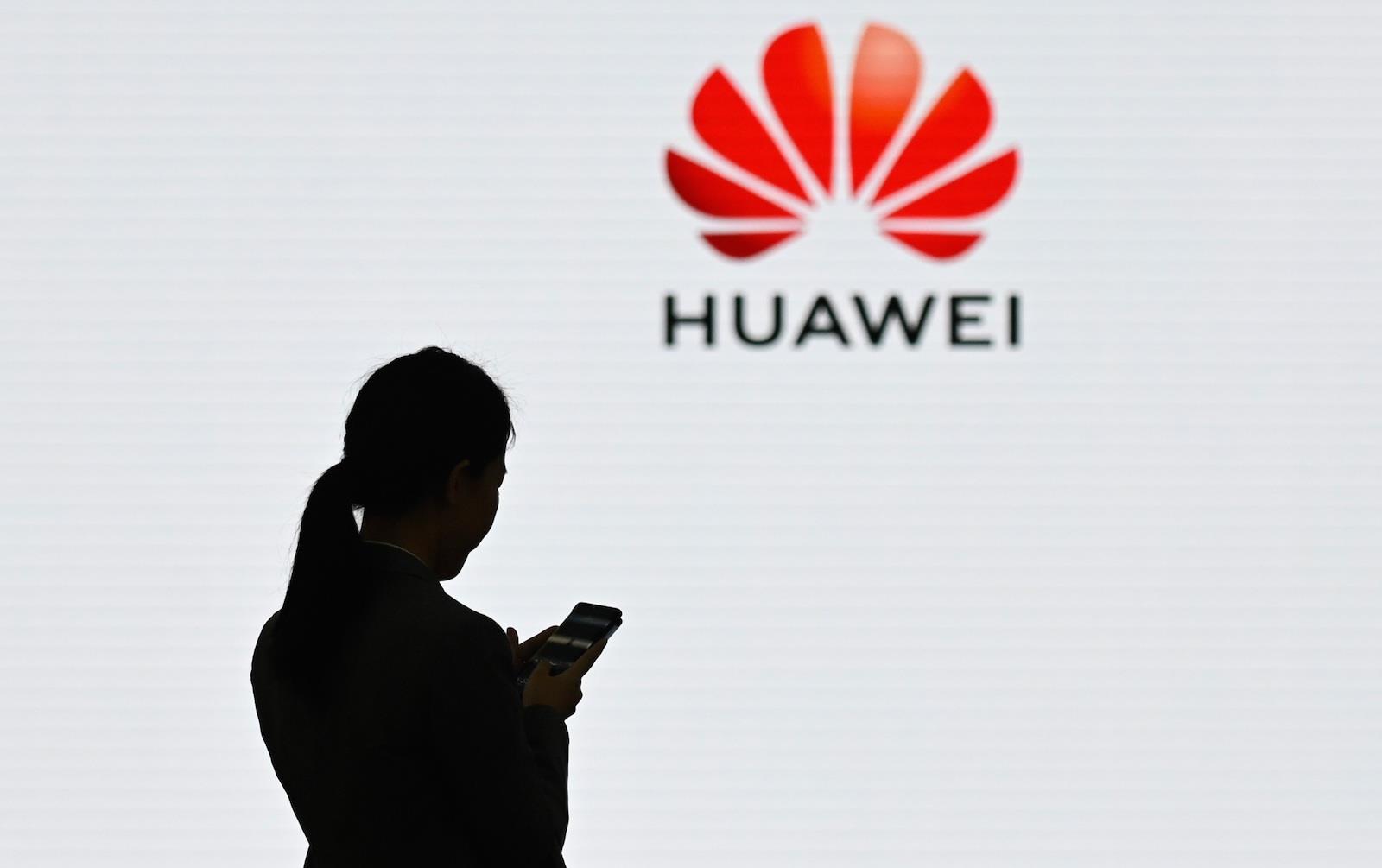(MENAFN- Asia Times) After weeks of speculation, the US finally convinced the Netherlands and Japan on January 27 to impose tougher sanctions on China's Semiconductor industry, an agreement that reports said the three sides reached after two days of talks in Washington.
But then the obfuscation began, with US officials refusing to elaborate on the contours of the announced ban agreement.“This is such a sensitive topic that the Dutch government chooses to communicate diligently, and that means that we only communicate in a very limited way,” said Netherlands Prime Minister Mark Rutte.
Japan's Minister of Economy, Trade and Industry Yasutoshi Nishimura said he“would like to refrain from commenting on diplomatic negotiations.” People“familiar with the situation” reportedly said that implementation of the agreement could take several months.
But implementation of what? The Wall Street Journal reported that ASML of the Netherlands and Nikon of Japan would stop exporting“at least some immersion lithography machines” to China.
Immersion lithography means DUV (deep ultra-violet) ArF (argon fluoride) laser lithography systems in which the space between the final lens and the surface of the silicon wafer is filled with purified water.
Because purified water has a refractive index of 1.44 (compared with 1.0 for air), this increases the resolution of the optics, facilitating the creation of smaller chip feature sizes. At present, ASML and Nikon are the only companies able to mass-produce these semiconductor-making machines.
Stopping shipments of ArF immersion lithography systems would make it difficult for China to add new production capacity at or below the 40-nanometer node – i.e., for the bulk of semiconductor production by value – and particularly at the 28nm and smaller nodes now used to produce integrated circuits for automotive, the Internet of Things, consumer electronics, mobile phones, high-speed networking and computer applications.
The practical limit of DUV is 7nm. The leading-edge 5nm and 3nm processes now in production at Taiwan's TSMC and South Korea's Samsung, and the 2nm processes they both have under development, rely on EUV (extreme ultra-violet) lithography systems. These are made only by ASML and, at the request of the US government, not exported to China.

China is doubling down on its indigenous chip-making capabilities while Taiwan is already on the cutting edge. Image: Twitter
The semiconductor industry was surprised and US government officials were shocked when it was reported last summer that China's leading semiconductor foundry, SMIC, had managed to produce chips using 7nm process technology . Almost certainly, analysts say, this was accomplished by using ASML or Nikon equipment.
How many immersion lithography systems China has already purchased from ASML and Nikon is unclear, but analysts' estimates range from“many” to“dozens.”
Dylan Patel of SemiAnalysis reports that SMIC, China's leading foundry,“could achieve a capacity of well over 100,000 wafers a month of 7nm foundry capacity with their existing DUV tools alone. This is higher than Samsung and Intel's advanced node (<=7nm) foundry capacity, combined.”
“If all DUV tools at various Chinese nationals such as HuaHong, Shanghai Huali, YMTC, CXMT, GTA Semi, Nexchip, Yandong, Nexperia, CR Micro, Sien, Fulsemi, SEMC, NSEMI were reappropriated by SMIC, the 7nm capacity they could build would far exceed that of even TSMC's 7nm,” Patel claims.
John Kirby, the White House national security spokesman, told the media that talks between the US, Netherlands and Japan would focus on areas“important to all three of us.... certainly the safety and security of emerging technologies is going to be on that agenda.”
But DUV lithography is not an emerging technology – except in the sense that an understanding is emerging among US policymakers that the Chinese already possess it and are developing the capacity to make it indigenously.
China's Shanghai Micro Electronics Equipment Co (SMEE) has reportedly developed lithography equipment that works down to 14nm. Yields appear to be low and mass production is not yet feasible, but the technology is reportedly improving with time and experience.
To the extent that ASML and Nikon are forced to abandon the Chinese lithography market, SMIC will have both a greater incentive and a greater opportunity to build a large-scale competitive business.
This is suddenly more important now that the US has reportedly stopped granting licenses for the export of 4G smartphone chips and other previous-generation devices to Huawei. For the time being, Huawei should be able to buy them from MediaTek and other non-American sources, but US officials will no doubt try to put pressure on them as well.

Huawei has faced a chip shortage problem in recent years. Image: Twitter
China's Communist Party-run mouthpiece Global Times calls the latest tech ban a“paranoid, last-ditch move.”
“Targeting Huawei, a representative of China's rising high-tech industry, is not a new development,” writes Global Times,“as the tech giant was added to the US trade blacklist four years ago. But what is ironic, according to observers, is that after years of 'whack-a-mole' restrictions on a raft of Chinese tech firms, the Biden administration had to abruptly jump back to the original target.”
Investors, meanwhile, do not seem overly concerned by the new multilateral sanctions. ASML and Nikon's stock prices declined on the news, but have already bounced back, as have the prices of Applied Materials and Tokyo Electron.
The latter two companies, the largest American and Japanese makers of semiconductor production equipment, would also lose sales if lithography equipment exports to China were barred.
Japanese semiconductor production equipment makers say they have not yet been contacted by government officials about any new restrictions on exports to China. But only a week has passed since the announcement and both Nikon and Tokyo Electron are in their quiet periods prior to the release of December quarter results on February 9.
Follow this writer on Twitter: @ScottFo83517667